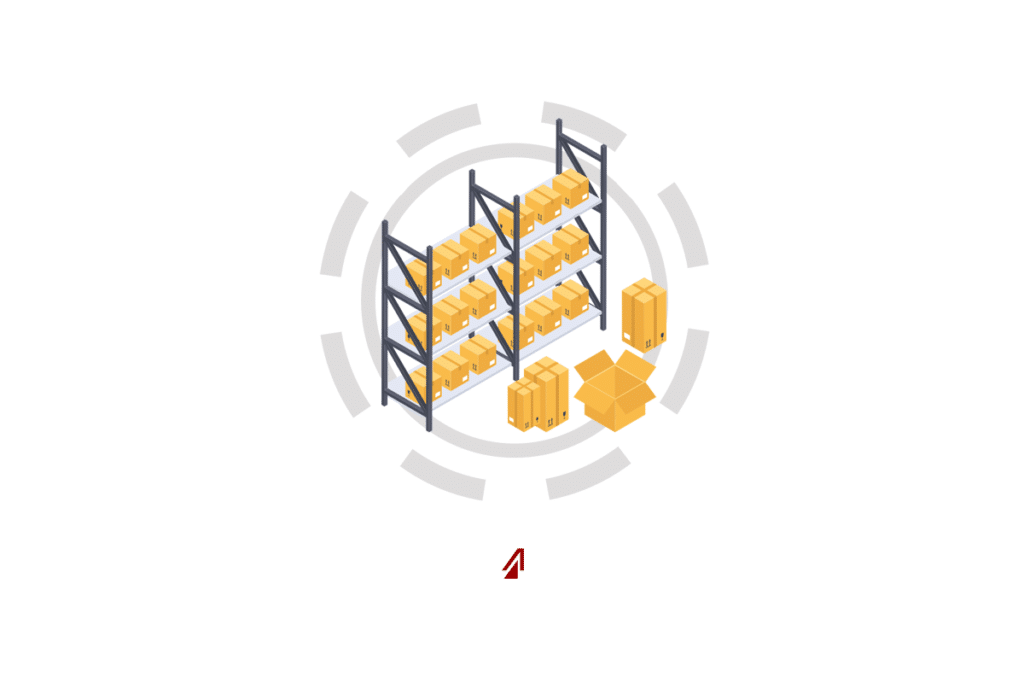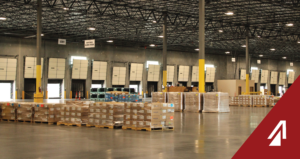According to a Waspbarcode study of over 1,100 small businesses, as many as 43 percent of small business owners still count their stock by hand. If that is not surprising, the U.S. Census Bureau reports that in June 2019, U.S. companies had nearly $2 trillion tied up in inventory. Experts believe as much as 90 percent of that inventory is being held stationary in warehouses. So, with these types of statistics, it is evident that inventory is a huge deal, and many companies are setting themselves up for failure by human or input error. With that much money on the line, (not to mention SEC and SOX regulation) inventory management is an imperative function of running your business. Take a look at a few inventory management techniques to make sure you are winning at inventory management.
What is Inventory Management?
First things first, inventory management is the process of ordering, storing, and using company inventory including the management of raw materials, components, and finished products. It is a highly complex process involving your company’s supply chain, manufacturing, and sales team to ensure you put the right products in the right place, at the right time. Some of the major inventory management risks are balancing inventory shortages and glut.
Common Management Problems
Inventory is an asset, and you need an accurate valuation of it for your income statements and balance sheets. If it is not handled properly, these assets can be destroyed or wasted – causing your company to lose money. Here are a few common trouble areas:
• Spoilage – This is most often a problem with perishable items like produce, makeup, and other chemicals. Having too much stock on hand and not being able to sell these items can cause them to spoil or be physically destroyed by decomposition.
• Dead Stock – Like spoilage, dead stock deals with products that are not useable. These are often products that have outdated packaging, are out of season, or out of fashion. They could also be irrelevant products. These often come from overproducing or over-purchasing and not selling them. Then new products come and replace them- making them even harder to sell.
• Storage costs – Warehousing is quickly becoming one of the highest supply chain expenses. With less space available, prices to store goods are skyrocketing. On top of that, fewer workers are available to operate the warehouses. Not to mention, goods not being sold or used waste opportunity for better items.
Each of these can happen to any business, large or small. Some of the ways to combat these losses is proper research and planning, as well as having a strategy to use or sell the inventory you have. This is where inventory management systems help you win.
Experiencing these problems? We can help!: LEARN MORE
Inventory Management Systems
Inventory management systems are principles and procedures you can follow to make sure your inventory is being used properly. Each company in each industry will have a customized system for their inventory, but here are a few of the most popular methods and techniques along with their pros and cons.
Stock Review
Reviewing stock is the manual process of going through and counting inventory. It involves regular analysis (many companies do an annual count in line with tax season, but it can also be done cyclically) and physical count of each item being stored. Then users manually enter the data into the computer system. This type of system can be managed analog (pen and paper) or using sophisticated scanners.
• Pros – This system is cheaper and gives your company complete control of your inventory. You are more in touch with your products and can visually inspect and judge each product’s status. Manual review is ideal for smaller companies.
• Cons – This method is extremely labor intensive and prone to human and input errors.
Par Levels
Par levels are the minimum amount of stock your company needs to have on hand. Once your inventory dips beneath that level, more is ordered. This can happen automatically with fixed order quantities (you order a fixed number of products each time) or fixed period ordering (you order a specific number of products each period – week, month, quarter, etc.) or manually depending on the amount of control you want over your inventory.
• Pros – The system is simple. Ordering is easy and you can know exactly how much freight is currently on hand.
• Cons – This method requires significant research and decision making up front. You will need to monitor data trends to avoid over-ordering and creating dead stock.
First In-First Out (FIFO)
When you ship perishable items, FIFO is a must. The first (oldest) items that come into your warehouse are the first sold and shipped. That way, your freight is always fresh. This method is also popular with non-perishable items that you do not want destroyed in the warehouse by breaking down or damage.
• Pros – Freight is always fresh and up-to-date.
• Cons – It is labor intensive to constantly move stock and ensure the oldest products are sold first.
Just In Time (JIT)
Popularized but the Toyota Motor Company, JIT is an inventory management system that relies on zero waste. The product is created as the customer needs it – not before. This cuts down on storage concerns for both components and finished products and can allow your company to be extremely agile.
• Pros – You have minimal storage costs and can adapt quickly to what your customer or the market needs. It is a lean management style that can reduce waste and help you save money.
• Cons – You must have an incredibly precise supply chain. Any delay from your supplier, carrier, or distributor can cause major bottlenecks and damage your reputation. Also, you must be sure to account for disruptions and have safety stock available.
Materials Requirement Planning (MRP)
MRP is another lean method that breaks down what each individual components a product needs to be manufactured and reviews that against the available components. Then the system would order the necessary parts. This can help save you money by ordering only what you need of each individual item.
• Pros – It is cost effective to only order what is needed.
• Cons – This method requires complex analysis of each product and its components, as well as up-to-date inventory quantities.
ABC
You divide your inventory into three categories – A, B, & C – and manage each category separately. Category A is your highest value, lowest quantity goods. Category B is your moderate value, moderate quantity goods. Category C is your least valuable, highest quantity goods. Depending on their speed, each category will require its individual attention.
• Pros – You can have more control over the high value goods.
• Cons – This method requires extensive resources to monitor inventory levels.
Vendor Managed
This last method takes the responsibility off of you and places it all on your vendor. They monitor and supply your company with products as needed. This method is often seen in grocery stores with perishable items.
• Pros – It is easy for you to manage and you do not have responsibility over inventory levels.
• Cons – You do not have control over the inventory levels.
Each of these methods can help you win at managing your inventory and keeping it at peak levels. Every company is unique and will end up controlling its inventory differently. The important thing is to keep track of the products you have on your shelves to help you serve your customer, save money, and operate efficiently.
Interested in having a 3PL partner/consultant?: LET’S TALK



